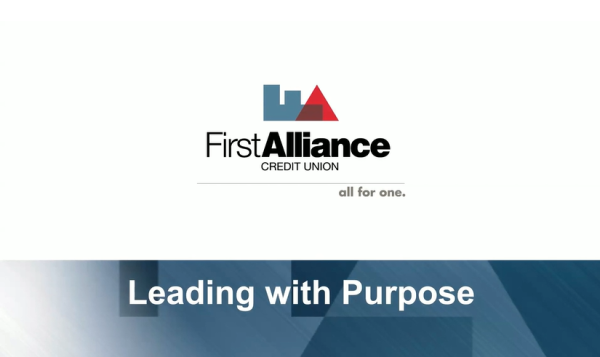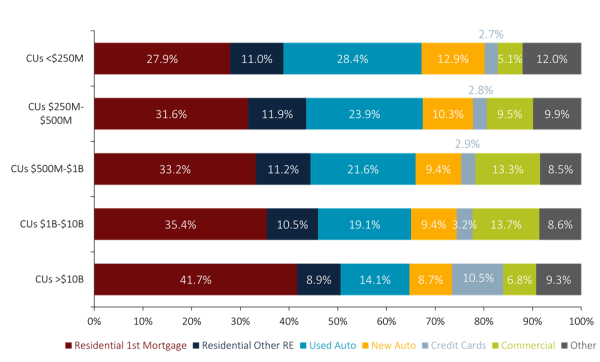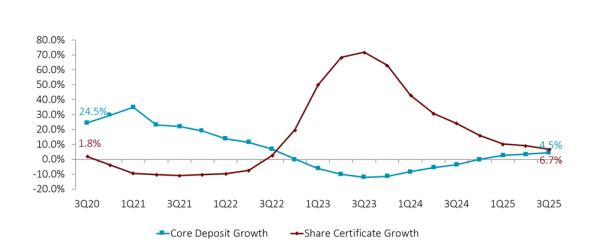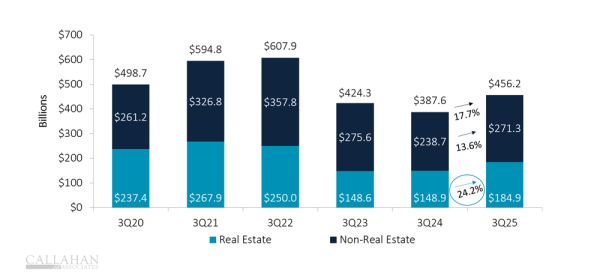CECL: A Half-Baked Cake
One year after implementation, there’s still work to be done when it comes to new rules around expected credit losses.
Our Risk page is the top spot to learn about business continuity, compliance, enterprise risk management, fraud, and vendor management.
One year after implementation, there’s still work to be done when it comes to new rules around expected credit losses.
For the past decade, the credit union’s head risk leader has been evangelizing the idea that everyone must be a risk manager to ensure the
The crisis is still unfolding, but the latest high-profile bank failure has plenty of takeaways for credit unions around asset management, net worth, communication, and
CAHP Credit Union underpins loan growth by building rapport with peace officers across the Golden State.
A new study shows how little personal responsibility executives feel toward cybersecurity. Here’s why that’s wrong.
Since the beginning of 2015, the NCUA placed a final ruling on 14 regulations. What are these regulations and how will they impact credit unions?
Improving processes and building relationships with regulators are two ways credit unions can ease compliance pain.
From auditor to trusted adviser – traditional internal audit roles are taking a backseat when it comes to providing credit unions with relevant insights and valuable advice.
It’s no secret the compliance burden on credit unions has increased in recent years. But exactly how much regulation has there been? And what are institutions doing to ease the burden?
North Island Credit Union put in place a rigorous cost-cutting regime as soon as the economic crisis hit.
Sooper Credit Union creates an intimate member rapport through personalized URLs.
Vermont State Employees Credit Union ($440M, Montpelier, VT) is always looking to protect their members from various forms of fraud, without inconveniencing them.
William Cook, Senior Vice President for Planning & Member Service, Northwest Federal Credit Union, lays out his approach of working with employees to create a culture of awareness on business continuity.

Look beyond the headlines to better understand what is driving current market trends and how they could impact credit union investment portfolios.

Discover how First Alliance Credit Union is redefining success by putting values and member needs at the heart of everything it does.

Craft breweries demonstrate how commitment to value, operational agility, and community focus can ignite growth and drive property.

Inflation, debt, and income inequality are fueling a K-shaped, post-pandemic recovery, widening the gap between different economic segments and challenging lower-income households.

Quarterly performance reports from Callahan & Associates highlight important metrics from across the credit union industry. Comparing top-level performance and digging into the financial statement has never been easier.

Explore how credit union size influences growth, lending, and efficiency.

Accelerating membership growth signals the increasing influence of credit unions amid evolving interest rate trends and economic challenges.

Falling interest rates are changing the game for credit unions. Explore how potential shifts in lending, savings, and margins are set to affect the bottom line.

Explore the subtle shifts redefining the credit union core processing space and how these movements shape growth, innovation, and member experience.

The combination of the right philosophy and the right technology can set credit unions up for success even during difficult economic times.
Cybersecurity Starts At The Top